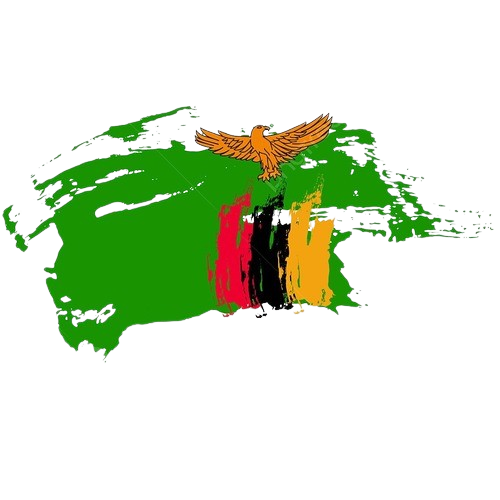PyQt5 QCalendarWidget – Getting Height for width

In this article we will see how we can get the height for width of the QCalendarWidget. If the calendar has a layout, the default implementation returns the layout’s preferred height. if there is no layout, the default implementation returns -1 indicating that the preferred height does not depend on the width.
In order to do this we will use heightForWidth method with the QCalendarWidget object.
Syntax : calendar.heightForWidth(width)
Argument : It takes integer as argument
Return : It return integer
Below is the implementation
Python3
# importing librariesfrom PyQt5.QtWidgets import *from PyQt5 import QtCore, QtGuifrom PyQt5.QtGui import *from PyQt5.QtCore import *import sysclass Window(QMainWindow): def __init__(self): super().__init__() # setting title self.setWindowTitle("Python ") # setting geometry self.setGeometry(100, 100, 650, 400) # calling method self.UiComponents() # showing all the widgets self.show() # method for components def UiComponents(self): # creating a QCalendarWidget object self.calendar = QCalendarWidget(self) # setting geometry to the calendar self.calendar.setGeometry(50, 10, 400, 250) # setting cursor self.calendar.setCursor(Qt.PointingHandCursor) # creating label to show the properties self.label = QLabel(self) # setting geometry to the label self.label.setGeometry(100, 280, 250, 60) # making label multi line self.label.setWordWrap(True) # getting height for width value = self.calendar.heightForWidth(400) # setting text to the label self.label.setText("Height for width : " + str(value))# create pyqt5 appApp = QApplication(sys.argv)# create the instance of our Windowwindow = Window()# start the appsys.exit(App.exec()) |
Output :






